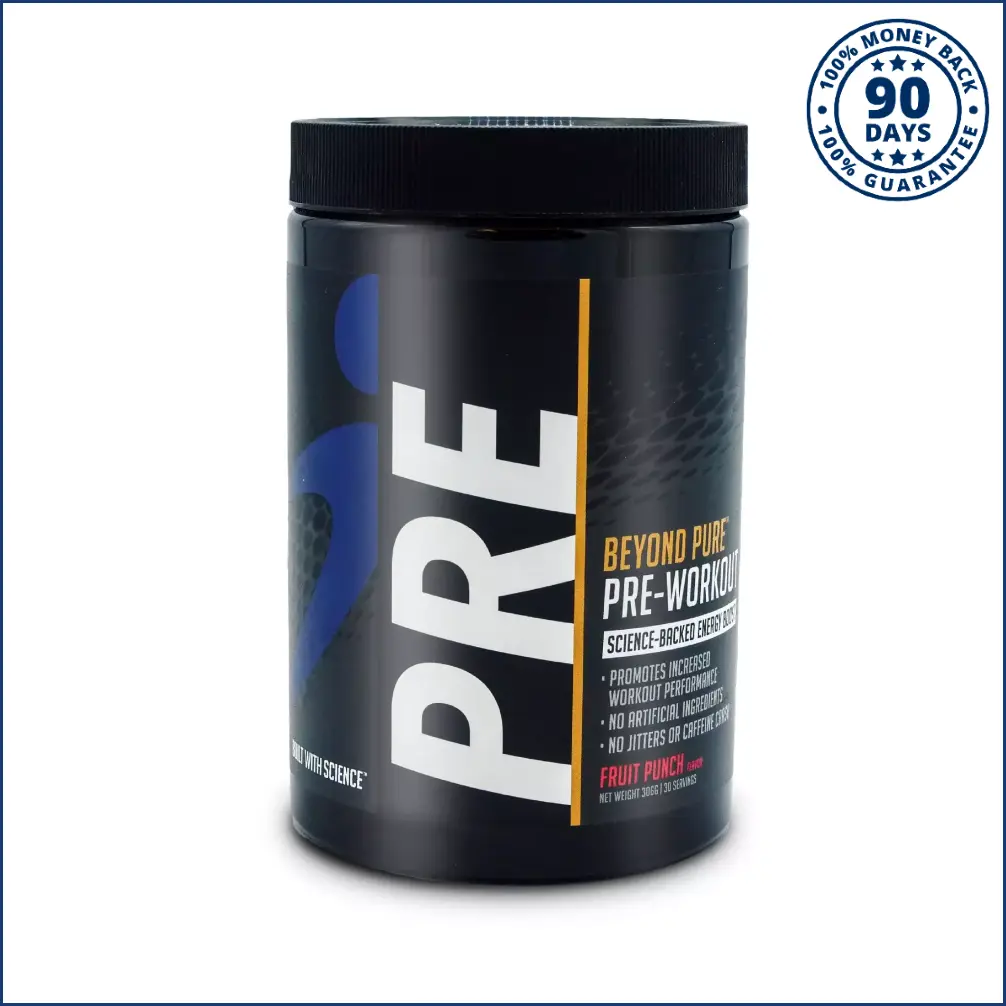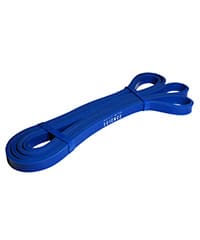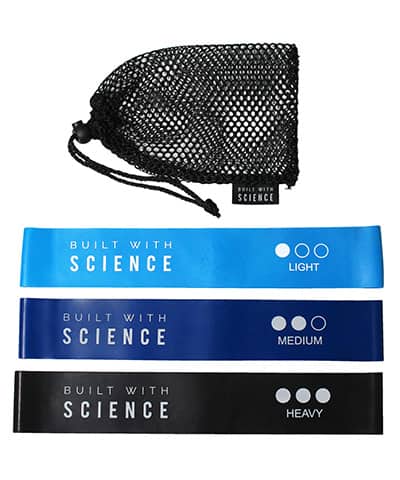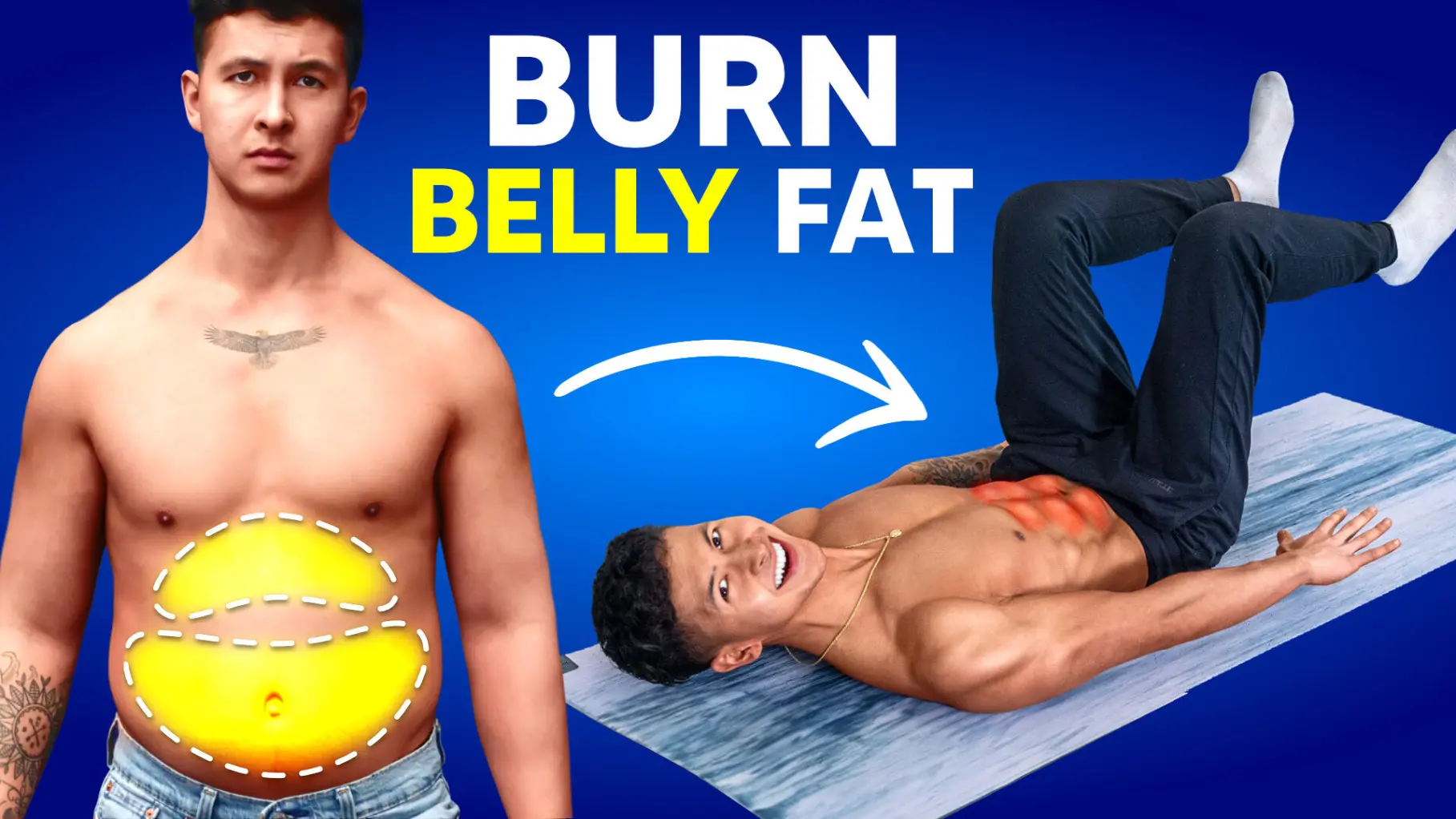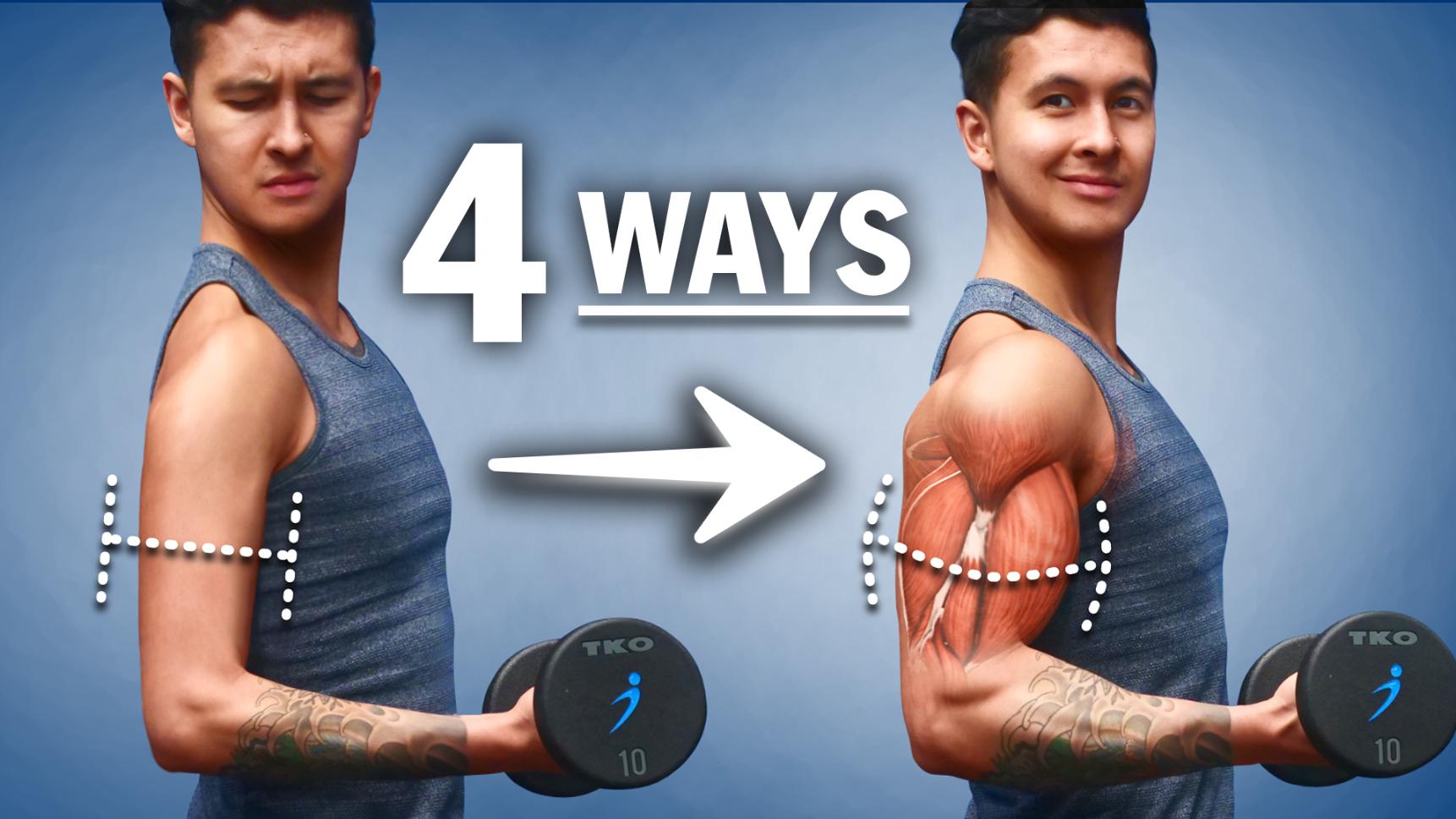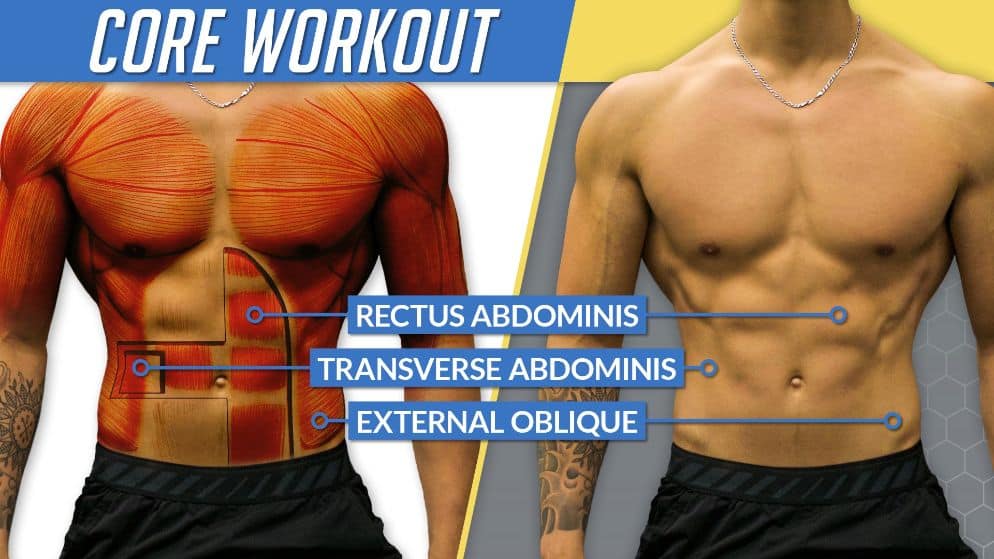
The Best Core Workout For Thicker, Stronger Abs (YOU’RE DOING IT WRONG!)
Don't know the difference between training your abs and training your core? Then you need to read this article. Here, I cover the best core workout that'll build you thicker and stronger abs.
The best core workout is the same as the best abs workout, right? Admittedly, most people use the terms 'abs' and 'core' interchangeably. And are under the impression that if you train your abs, you’re training your core... Right? But here's the truth. That isn’t the case at all. And this lack of awareness is problematic. Why? Because even if they do train their abs regularly, they still have very weak and unstable cores. Especially
if they spend a lot of time sitting throughout the day. And I mean, sure, you can do 100 crunches in a row, And, sure, you may actually have a nice looking six-pack. But this doesn’t at all mean that your core is strong. Nor does it mean that it will hold up and assist you in your exercises and in your daily life.
This can lead to all sorts of problems. For example, lower back pain, and even various other injuries down the road. I personally experienced this first hand. I thought for years that my “core” was covered since I was training my abs regularly. Not to mention, doing the big lifts in the gym.
But little did I know I wasn’t actually training my core. Nor was I really activating my core how I should’ve been in my big lifts. Unfortunately, all these eventually caught up to me. I ran into all sorts of plateaus and imbalances as a result of my core becoming weakened and less stable over time.
Before that: if you're looking for a training program that'll help you set up every single one of your workouts for optimal muscle growth (not just for the core, but for ALL muscle groups!), I've got just the thing for you. Every BWS program is designed to be an all-in-one, science-based process that’ll get you to your dream physique FAST. And best of all? It's all rooted in science. For more information:
Click the button below to take my analysis quiz to discover the best program for you:
↓
Your Core Sets The Foundation For Everything Else
So, realize that your core is what sets the foundation for everything else. If your core is weak, then your ability to get stronger on your exercises and your ability to grow the muscles surrounding each of your joints will be negatively impacted. And, as a bonus, it WILL also provide aesthetic benefits as well. Research has shown that regular core training does actually increase the thickness of the deep abdominal muscles. Meaning that they may help push your abs through your stomach a little more. And that helps make them a little more visible.
Crossfitters and powerlifters are a perfect example of this. As you know, they require a tremendous amount of core strength and stability for their movements. As a result, they usually have their abs protrude. And that's even when they’re at a higher body fat percentage.
Hopefully, I've now convinced you to pay more attention to your core. By now, how exactly do we go about training it? Well, that’s exactly what I’ll cover in this article with the best, full core workout that you can do right away for a stronger AND better-looking midsection.
How To Train The Muscles Of The Core
Before we dive into the core workout, we need to first cover the muscles that make up the core. And the proper way to go about training them.
So, the word “core” actually refers to the area of your body between your diaphragm and your pelvic floor. Meaning that all the muscles that support this region and stabilize the spine can be categorized as part of your core. And when it comes to core training, it’s important to realize that each core muscle has an important role. BUT contrary to a typical bodybuilding workout, your goal should not be trying to train each of these specific muscles in isolation. Why? There are two reasons:
- Research has shown that you can’t actually train these individual core muscles in isolation
- The core muscles work together synergistically and thus should be trained in that fashion
So, a much better approach would be to use core exercises that challenge the core in every possible way that your core could be challenged in a lift, sport, or just in your daily life.
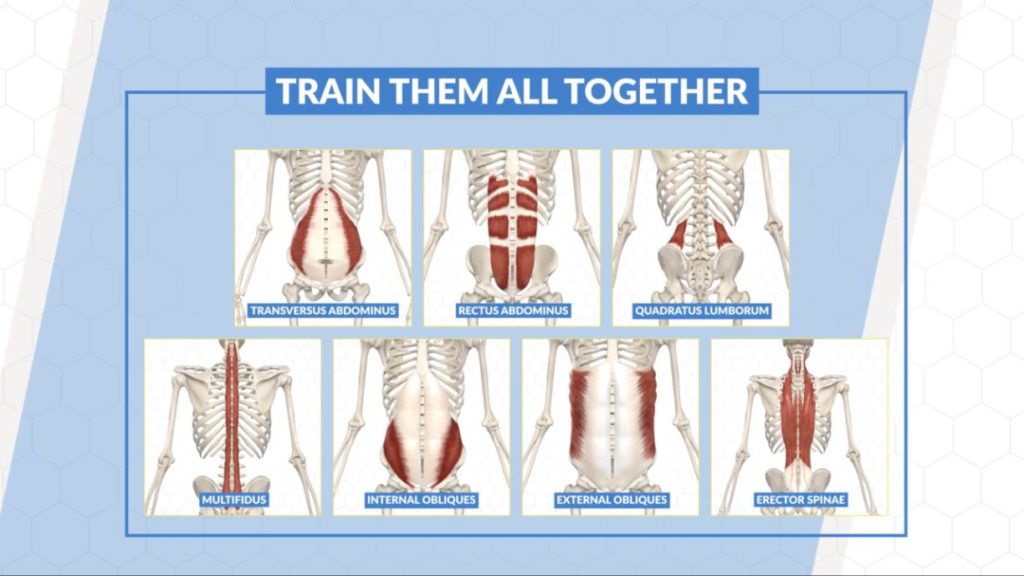 And the exercises for a weak core can be broken down into 4 categories:
And the exercises for a weak core can be broken down into 4 categories:
- Anterior core stability exercises - Where we train the body to resist excessively arching the lower back (extension)
- Posterior core stability exercises - Where we train the body to resist excessively rounding the lower back (flexion)
- Lateral core stability exercises - Where we train the body to resist bending to one side
- Rotary core stability exercises - Where we train the body to resist excessive rotation of the lumbar spine
Thus, we’ll use these 4 categories to serve as the 4 movement patterns we’ll want to hit with our core workout. And with that all being said, we’re ready to dive into the workout.
The Best Core Workout For Abs
Exercise 1: Abdominal Bracing (Activating The Core)
The first exercise we’ll do here will actually serve as an “activation” exercise. It'll help get you to first learn how to contract all of your core muscles together. This is something our bodies tend to forget how to do because of the excessive amount of time we spend sitting in a relaxed state.
So what you want to do is lay on your back with your knees bent. Then from here, you want to take a deep breath into your belly, then a deep breath out. And then when you near-maximal exhalation, brace your core as if you were preparing for a punch to the gut. As a result, your lower back should flatten on the ground. And if you feel around your midsection, sides, and lower back, all of these areas should be firm. Continue breathing while holding this contraction.
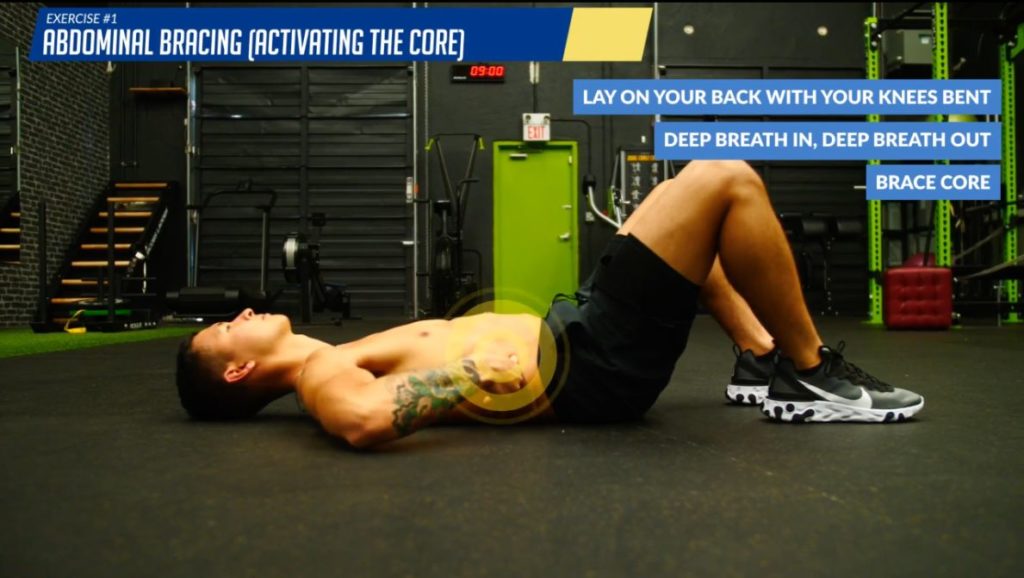
This is what’s termed as abdominal bracing. This is a term first coined by researcher Dr. Stuart McGill, a leading expert in spine mechanics. What he found is that does is that abdominal bracing is able to co-activate all layers of your core muscles simultaneously. This is how your core should be contracting and working during your lifts. And just in your daily life, as this is what creates the core stability and stiffness that your spine needs.
So, going forward, be mindful of abdominal bracing. Apply that practice to each of the following exercises we’ll go through. And eventually, it’ll just start to happen on a subconscious level.
If this alone is quite fatiguing for you to do and hold for a minute or two? Then that’s a good sign that your core muscles are likely quite weak.
Exercise 2: Reverse Crunches (Anterior Core Stability)
The next exercise, reverse crunches, is something I’ve covered in past articles (as in my lower abs article). It does a great job of challenging our anterior core stability.
What you want to do here is lay with your knees bent either on a bench or on the ground. Your arms should be holding onto something over your head. Here, posteriorly tilt your pelvis and flatten your lower back by applying the abdominal bracing practice we previously went through. Then, lift your knees up to 90 degrees and curl your pelvis up towards your belly button. And then slowly come back down. You want to be mindful of keeping that lower back flat throughout each rep.
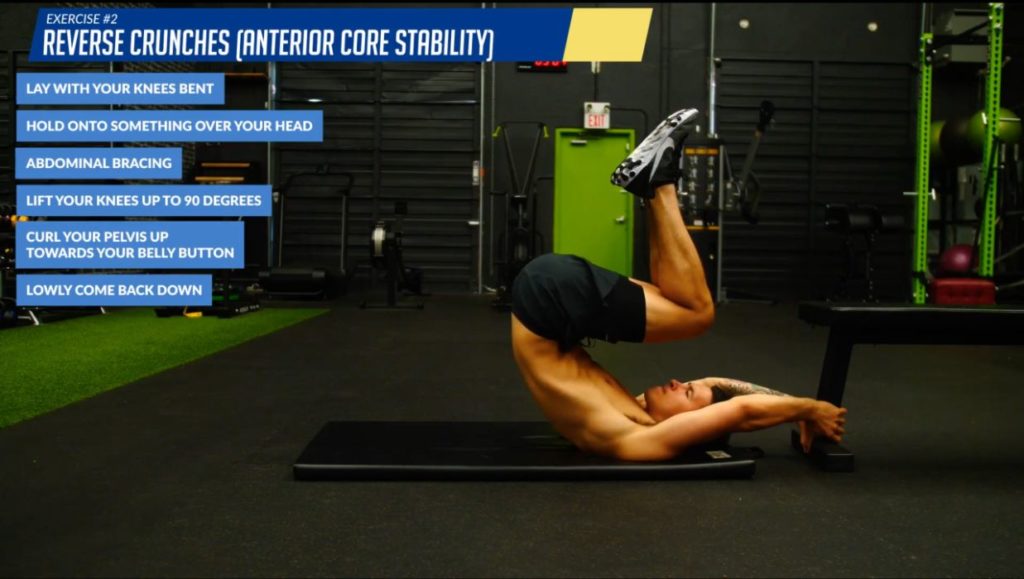
To progress it, you can slow down the reps and/or start loading it by adding a ball between your knees. You can also experiment with squeezing a foam roller behind your legs. This tends to prevent the hip flexors from taking over the movement. And better activates the core musculature as a result.
As you do these, you should feel a strong contraction in your deep abdominal muscles.
If you're enjoying this step-by-step guide for proper exercise execution, you're going to love our 3-on-1 coaching program. You are going to have a coach who'll focus solely on your training and making sure you perform every single exercise in your customized workout sessions optimally (and safely!) for muscle growth. Plus, a dietitian and I will also be available to guide you every step of the way. If that sounds good to you, then:
Click the button below to find out more about the 3-on-1 coaching program:
↓
Exercise 3: Bird Dog (Posterior Core Stability)
Next, we’ll challenge our posterior core stability by using one of the best core exercises, which is also highly recommended by Dr. Stuart McGill, the Bird Dog.
For these, we’ll get on all fours with your back neutral. Brace the core. And then simply kick one of your legs backward while raising the opposite arm until they’re both straight. Hold for a second or two here. Then come back down and repeat on the other side. Avoid arching your back excessively as you do so. If this is too difficult for you to do while keeping your spine neutral, you can start by just doing one arm and leg at a time.
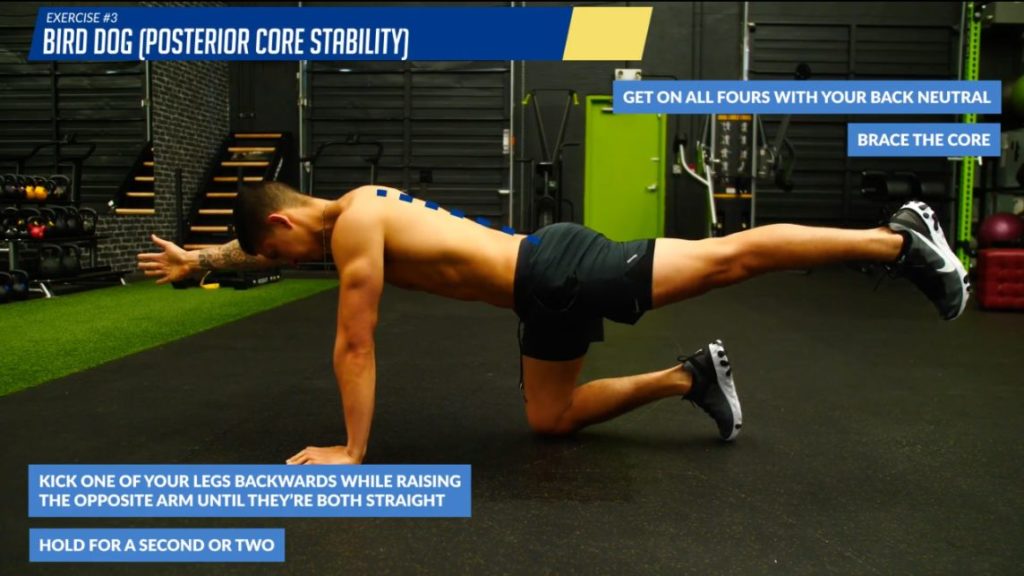
The goal here is just to simply keep that abdominal bracing intact as you challenge it by moving your arms and legs.
Exercise 4: Suitcase Carries (Lateral Core Stability)
Next, we’ll challenge our lateral core stability with the suitcase carries. This is where you hold a kettlebell or dumbbell with one arm and take steps while ensuring that your torso remains upright and shoulders remain level. You want to look as if you were walking without the weight added on one side.
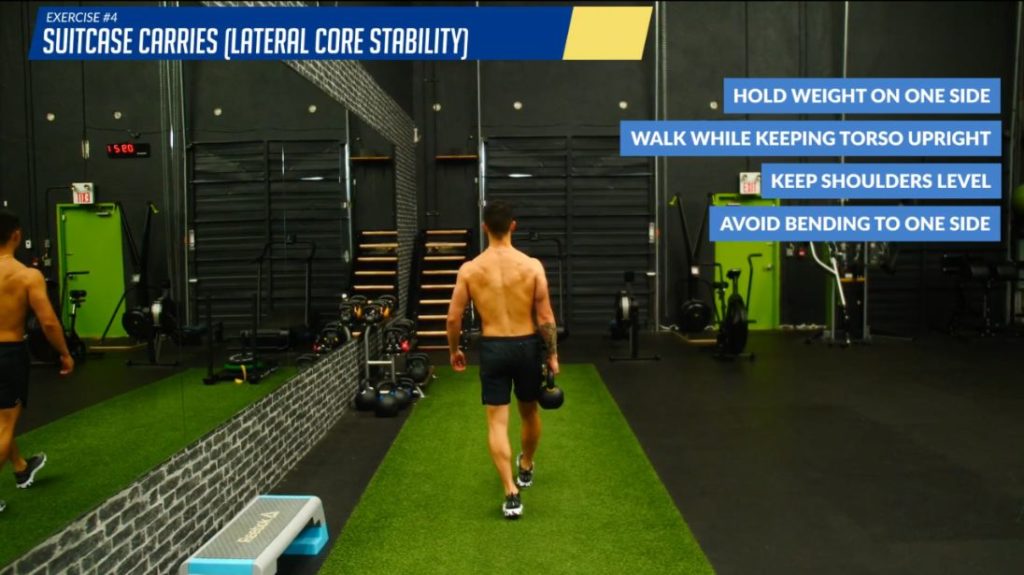
As stated by Dr. Stuart Mcgill’s research, the asymmetric weight helps challenge the deep lateral musculature in a way that is never possible with big lifts like the squat. And yet, is essential for enhancing core strength and stability.
As you do these, you should feel the lateral core muscles on your opposing side working as you walk with the weight.
Exercise 5: Palloff Press (Rotary Core Stability)
Lastly, we’re going to work on our rotary core stability with a palloff press. Here we’ll wrap a band around a fixture and take a few steps out laterally. Assume an athletic stance with knees slightly bent and feet at about shoulder-width apart. Make sure your core is braced. Then, start with your hands close to your sternum, and from there simply extend your arms forward and back while resisting the urge to rotate inwards.
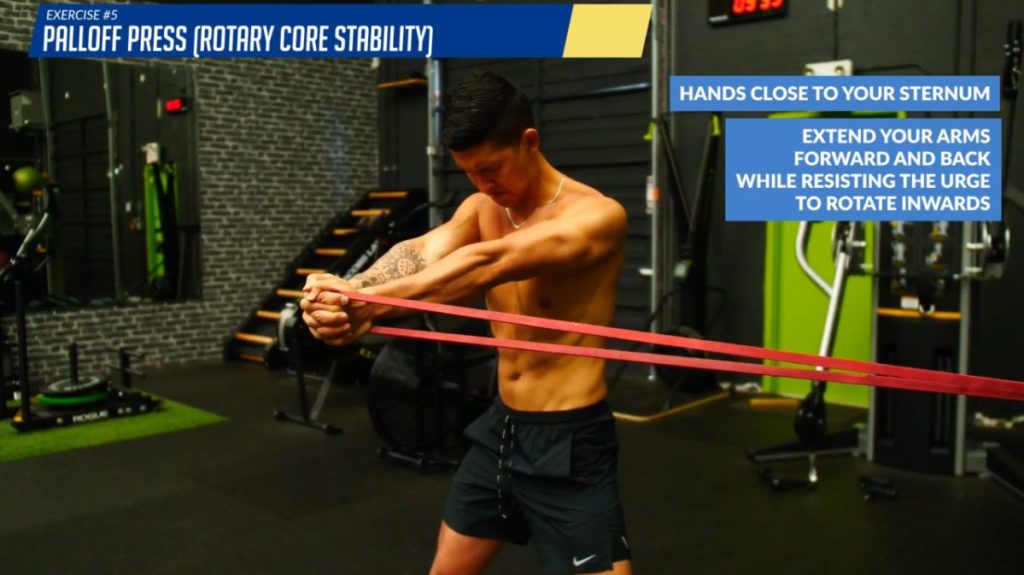
And if needed, you can perform this with a cable pulley instead. What this exercise does is it challenges your body’s ability to resist a twisting motion. This is a key component that’s missing from a lot of people’s workout routines.
As you do these, you should feel your lateral core muscles and obliques working to resist that inward rotation.
The Best Core Workout For Strength: Action Plan
So, to sum the article up, here’s a breakdown of the best core workout routine:
Exercise 1: Abdominal Bracing (1-3 sets of 60 second holds)
Exercise 2: Reverse Crunches (2-3 sets of 10-15 reps)
Exercise 3: Bird Dog (2-3 sets of 5 reps each side)
Exercise 4: Suitcase Carries (2-3 sets of 30s carries each side)
Exercise 5: Palloff Press (2-3 sets of 5-10 reps each side)
Get Your Copy Of The Best Core Workout PDF Download

And for your convenience, I’ve actually created a mobile-friendly downloadable PDF of this workout that comes complete with:
- The exercises
- Tutorials for each exercise
- How to go about implementing these exercises into your routine
To grab a copy of it:
Click the button below to download the full core workout PDF:
↓
But all in all, it’s important that within your weekly routine, you’re training your core in each of the 4 categories that we covered. Although many movements and big lifts in the gym will indirectly train your core in these movement patterns, these additional exercises can help ensure that you are in fact adequately training your core and not overlooking and key muscles. In the long run, this will not only lead to a better-looking midsection but a stronger and more stable one as well.
And for a step-by-step program that shows you exactly how to train these important muscles and pairs them with a weekly workout and nutrition plan based on science, so that you lean down and build lean muscle as efficiently and as safely as possible, then:
Click the button below to take my analysis quiz to discover the best program for you:
↓
I hope you enjoyed this article! Don’t forget to give me a follow and connect with me on Instagram, Facebook, and Youtube as well, in order to stay up to date with my content.


